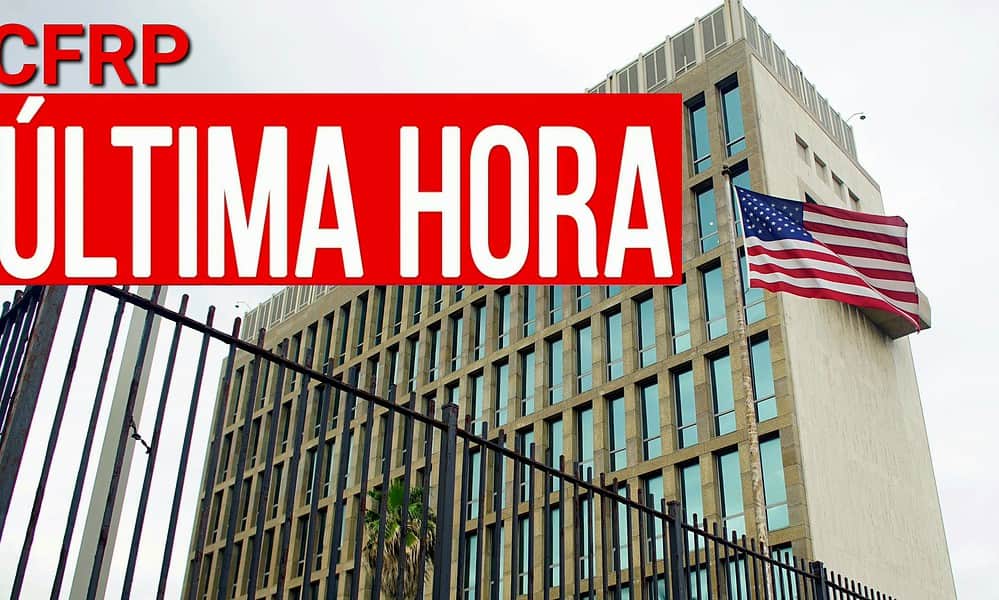Important Updates for Cuban Family Reunification Program Applicants
Today, there is excellent news for applicants of the Cuban Family Reunification Program (CFRP) as a new mechanism has been implemented, allowing many relatives to reunite with their loved ones in the United States. The United States Citizenship and Immigration Services (USCIS) has launched an updated program called the Cuban Family Reunification Permit Process (HFRP) on August 11, 2023.
The CFRP guarantees eligible US citizens and legal permanent residents to request an entry permit for their relatives in Cuba. Once parole is granted, these family members can come to the United States without waiting for their immigrant visa priority dates. While in the United States, CFRP beneficiaries can apply for employment permission while awaiting their lawful permanent residence.
Recently, numerous CFRP applicants who had previously completed Form I-130 have received invitations to apply through the new Form I-134A. This new program offers applicants a maximum period of one year to complete the form. In case they choose not to take advantage of this new program, the relatives living in Cuba can continue to wait for their visa. However, it is expected that very few would not be interested in this quicker route.
The process for those taking advantage of the new program will be similar to that of Humanitarian Parole. Cuban residents will need to take their photos, fill in their information, complete medical check-ups, and then fly to the United States. It is important to note that beneficiaries will enter with parole, not residency. However, after one year and one day of living in the United States, Cubans can apply for legal residence.
To be eligible for the program, completing and having the I-130 form approved is a basic requirement. This means that the sooner a reunification petition is filed, the faster relatives could receive the invitation and go to the United States. The program benefits applicants with petitions that do not require a visa fee, such as resident parents petitioning children, residents asking for their spouses, citizen parents filing for married children, citizens requesting siblings, and more.
According to Jesús Novo, an immigration lawyer, this program significantly reduces the processing time for these categories, especially in cases where the wait can be quite long. Once the invitation is received and the I-134A form is filed, relatives can be in the United States within a couple of months or even less.
Although they will not enter with a residence and work permit, being in the United States will provide several advantages. After a year, they can apply for residency and enjoy the benefits of a green card. Additionally, Cuban and Haitian applicants who take advantage of this program can also request aid as refugees.
It is worth mentioning that this new typology will also apply to applicants for the Family Reunification Program for Colombians, Salvadorans, Guatemalans, Hondurans, and Haitians.
Overall, the implementation of the updated Cuban Family Reunification Permit Process brings hope to many families who have been waiting for years to be reunited. The USCIS’s efforts to streamline the process and expedite reunifications will surely have a positive impact on the lives of many individuals.
